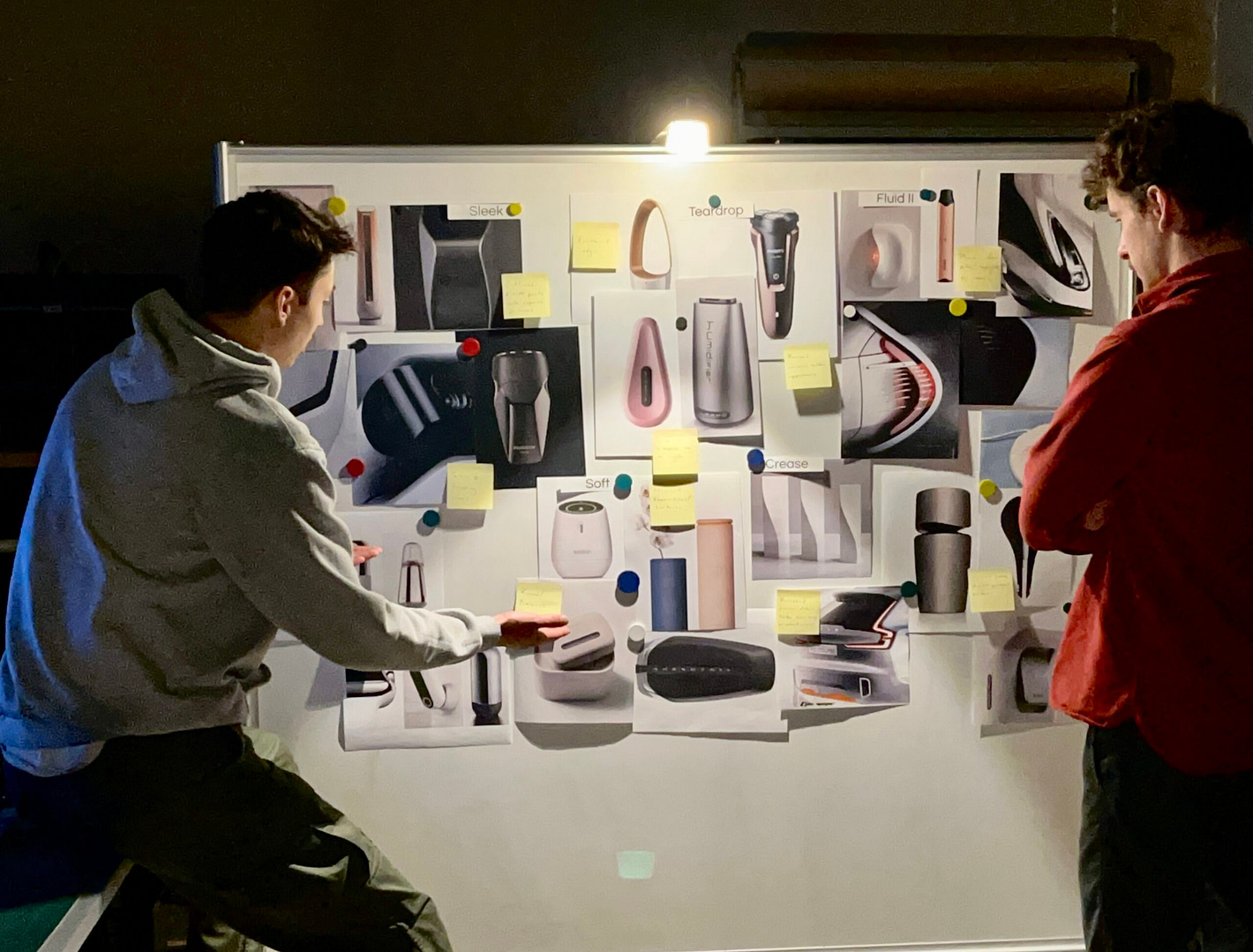Product semantics was defined by Klaus Krippendorff and Reinhart Butter as, “the study of the symbolic qualities of man-made forms in the context of their use and the application of this knowledge to industrial design.” By symbolic qualities, they are referring to the psychological, social and cultural context of a product, as opposed to only considering a product’s physical and physiological functions. This blog post serves to highlight the main points of their article, Product Semantics: Exploring the Symbolic Qualities of Form, which was published in the journal of the Industrial Designers Society of America in 1984.
- An object’s form says three things:
1. Something about the object itself
2. Something about the larger context of its use
3. Something about the user who interacts with it and develops a conceptual connection.
For example, when looking at a remote control, certain buttons will be recognized as “push buttons”, and therefore suggest that you “push them”. The button’s shape, location on the remote, and label can suggest what the consequence of pushing it will have. On my tv remote, I recognize the power button by the semantic meaning of the icon, the red color, it being the only round button, and its top location on the remote.
- Communication (of product semantics) between a designer and a user cannot be described as linear because objects gain meaning through user interaction and their individual interpretations. As such, designers could be seen as contributing communicator.
There are four channels that meanings relevant to product design can be communicated:
1. Information Displays (ex. the interface of the Vantage Panoramic X-ray)
2. Graphic elements or two-dimensional markers (ex. the buttons (icons, shape, color) on the Suretrace Circuit Tracer)
3. A products form, shape and texture (ex. the symbolic (and easily recognized) form of the Durathon Steam Iron)
4. Indications of a product’s internal states (ex. the indicators surrounding the Weber Spirit grill’s control knobs)
- Krippendorff and Butter identified four main opportunities for error when designing without respect for product semantics:
1. Designing a product unidentifiable by users.
2. Designing a product that does not promote manipulating it in the proper way. For example, if the location and type of controls placed on a panel are not logical in terms of the user’s mental model of the object.
3. Designing a product that lacks transparency and limits user exploration (non-harmful). Simply put, designing a product that makes you read a detailed manual to figure out, rather than using your own curiosity to explore its possibilities.
4. Designing a product that does not fit into the symbolic environment it will exist within.
I have always been fascinated with the impact “bad design” can have to a user. While the 4 points above seem obvious, it can be easy to ignore 1 while focusing on the others. While not all product design has extreme repercussions, designers should always design products to the highest standard for the users. I had a professor that would always say, “People are stupid, consider that when designing each aspect of a product.” While this is an exaggeration, do we really want people to have to think hard to use a product? Do they want to? And what if they can’t use any previous knowledges to influence their ability to use said object? When the stakes are high, product semantics can make or break an object’s success.
Source: Krippendorff, K., & Butter, R (1984). Product semantics: Exploring the symbolic qualities of form. Innovation, 3(2), 4-9. Retrieved from http://repository.upenn.edu/asc_papers/40




